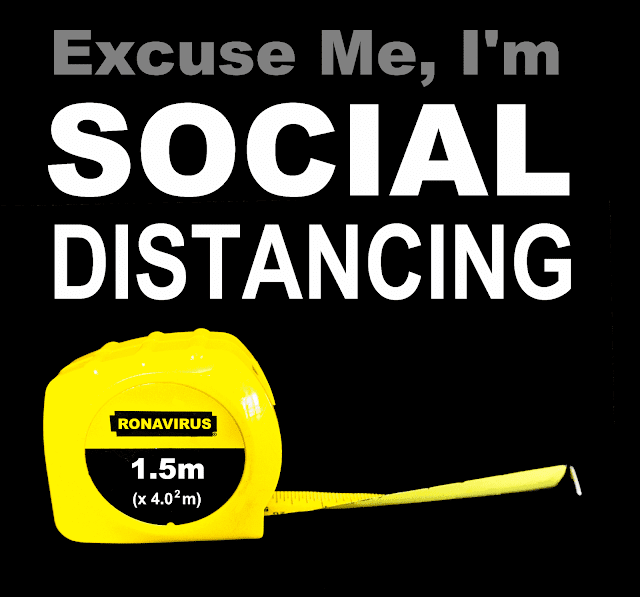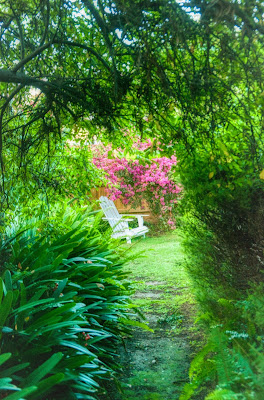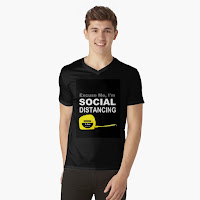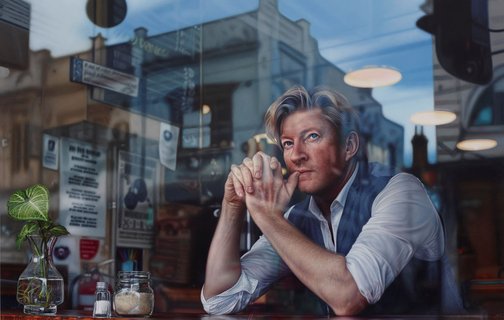Tuesday, March 31, 2020
GREEN Colour #photoassignment
When you look around the house and look, really look in detail its amazing what you might find to photograph, especially when you look close
Monday, March 30, 2020
YELLOW colour #photoassignment
Still he takes an ok photo.
Sunday, March 29, 2020
Colour #photoassignment Finding Orange in the Sunset
Saturday, March 28, 2020
RED Colour #photoassignment
 |
| Don't Eat Me |
The Colour #photoassignment post.
Friday, March 27, 2020
Small #photoassignment :: View from my Window
 |
| Light Through My Window |
Thursday, March 26, 2020
Indoor #photoassignment :: Chasing a Rainbow of colours
They are Red, Orange, Yellow, Green, Blue (a lighter blue a bit closer to cyan) Indigo (a darker blue) & Violet. Each day select one colour and find a place or object around your home that is full of that colour. (Hint you might be doing a lot of close ups). The colour need not be vivid it could be a paler or pastel shade it just needs to convey the essence of that colour.
If you don't have a glass prism handy and want to show the kids how light can be broken into a rainbow of colours. Find an old CD, DVD or BluRay disk and look at the underside, it has a defraction grating built in which acts like the prism for the laser reading the disk. You will see at least two strong rainbow lines radiating from the center. The number of line you see will depend on the number of strong light sources in the room. Again how many colour can you see?
Wednesday, March 25, 2020
Hmm Don't Do It
Tuesday, March 24, 2020
Making a Photo Essay
 |
| My current photo essay project is "Underfoot" |
- Think of a theme and plan out some photo ideas (you can change your mind as you progress).
- Take the photos (a smartphone is fine, I'll be using a small mirrorless camera, but compact cameras and DSLRs will be just as good)
- Organize and select those that best tell the story or represent the subject. (this might be a gallery app on the photo, built-in photo software on a PC or mac or up to a specialist digital photo package)
- Use Software or an App that lets to arrange the photos, and publish them (into a common distributable format eg. PDF, slide show or video)
Monday, March 23, 2020
Indoor #photoassignment :: Chasing Light
You are allowed to come back tomorrow at roughly the same time and "stage" a second attempt (eg remove distractions. closer crop etc).
Sunday, March 22, 2020
Small #PhotoAssignment :: Making A T-shirt

Moral of the story :: It was a fun way to exercise my creativity for a couple of hours. So todays photo assignment is for you to make a photo product that someone in your family or friend might appreciate and get it created by an on-line service.
Saturday, March 21, 2020
Underfoot
I started my first photo essay project of the pandemic social distance phase following my own suggestion Yesterday. I'm collecting photos looking down at what underfoot when I'm out walking with my camera.
Of course, I am taking other photos as well but over this coming week, for now I'm just taking photos and keeping them in a separate album. At this stage its probably advisable to not cull anything until you have a clear idea of what you are expecting to capture. Being able to compare a variety of images (even some less than perfect ones) should help you on your way to a much more personally satisfying project.
Friday, March 20, 2020
Stay Healthy and Keep Fit
 |
| I'm starting my photo journey at the front door |
“Exercise as much as you can and try to eat smart. The healthier you are, the better you feel and the more energy you will have when you are out photographing. Download a fitness tracker or utilize the step counter on your smartphone. Also, cut back on the carbs.”
Thursday, March 19, 2020
Coping with Social Isolation
 |
| Today I'm blogging. |
AN IMPORTANT CHANGE OF MIND ON USING SOCIAL MEDIA
Tuesday, March 17, 2020
Social Isolation and the Photowalker
 If you’re
in a total lock-down or confided to a 14 day self-quarantine, or suffering Flu like symptoms and need to self isolate, look for
favourite spots in your home or garden, places that catch a special light. Start
looking I’m sure you will find them.
If you’re
in a total lock-down or confided to a 14 day self-quarantine, or suffering Flu like symptoms and need to self isolate, look for
favourite spots in your home or garden, places that catch a special light. Start
looking I’m sure you will find them. Perhaps do a series on your favourite chair.
Friday, March 06, 2020
The Risks of more Megapixel, pin sharp fast Lenses and Pixel-peeping
The Risk of more megapixel, pin sharp fast lenses and pixel peeping is producing boring photo, putting pressure on storage, taking longer to process and not forgetting more expensive gear to start.
It is the same as for Photorealistic paintings, the work is technically outstanding but the Images soon become boring. Often very boring. Frequently the brilliant technical specs get overlook because their is nothing for the viewer to work out and keep their interest. In the art world there is a nice example in last year Archibald prize. The technically well executed and large Hyperrealist painting of David Wenham by Tessa MacKay was pretty much overlooked by the judges. Yet it was popular with the public and won the packing room prize, which is judged by the gallery staff who receive, unpack and hang the entries. In this case the artist has looked at a strong composition of building over the road seen through the glass window and painted reflections of the interior. So there is a fair bit to see but once you notice the detail becomes tedious and it back to being boring
Getting back to photographs, whilst other “purist” photobuffs, you tube watchers and owners of the latest and greatest cameras will enthusiatically discuss bokeh and edge to edge crispness. The average public viewer will look instead at the subject perhaps to composition and/or colour and perhaps interesting patterns or textures then they will move on. Capturing their gaze to look a little longer which usually depend on print size and viewing distance. Further weather you can interest them at that scale
Viewing distance and print size.
I have written about this previously, and that is a good summary. The issue here is you must concern yourself with the viewers eyesight media for display and type of illumination, print sharpness usually isn’t a real consideration. There is also a lot written about this on the internet and a lot of it is only partially truthful and/or bias. The chart on the left show the relationship between common sizes (in Inches BTW) and the megapixel count of the image and assumes that you will want to print at 300 ppi (pixels per inch). Each coloured rectangle then has the number of megapixels required for a given size. You will probably be surprised how few megapixels are required for common sizes. So what happens to all the extra detail capture on a full frame/high megapixel camera? Well they just get averaged together and that detail disappears
Capturing the Viewers attention
On instagram/Facebook were images are displayed on small screens and this is potentially the place you can show your work to the potentially greatest number of people. Both Instagram and Facebook now use algorithmic methods to display your post, and they may very well limit the display to 20 cases and stop there if no one interacts with you post/picture. Thus if you are looking to become famous for your photographs you need to be already famous (ie have a lot of friends that follow and interact with you). The images displayed are tiny (and thus not detailed) and are normally held close. Unfortunately the viewer also has the ability to scroll through the images quickly. You might only have half to a couple of seconds to get them to stop and take a long look. This favours bold composition, strong colours and tones. #hashtags and clever titles.
Small prints. Portfolios and Photobook, larger Ipads and Tablets have and arms length or less view distance and because they can be picked up and handled they are likely to get the closest scrutiny. Thus they do need the required level of detail (eg 8 megatpixel for 10” by 8”). They should be designed the allow the viewer an extended period to inspect (this might include captions and perhaps a short paragraph of so to provide context.) They are likely to be the very best way to get anyone interested in your photography, having the massive advantage of social media sites on small screens in that they are something tangible and physical.
On a wall (could be in a gallery or your home). This is the reason usually give for large sensors and High megapixel counts, it in theory allows for big prints (often gigantic) but this is probably the most challenging way to promote your work. Firstly large prints can be expensive to create and frame and it is likely to have the smallest number of viewers. Further the potential buyer is likely to consider these larger image as a décor items not art (ie does it make the couch)?











